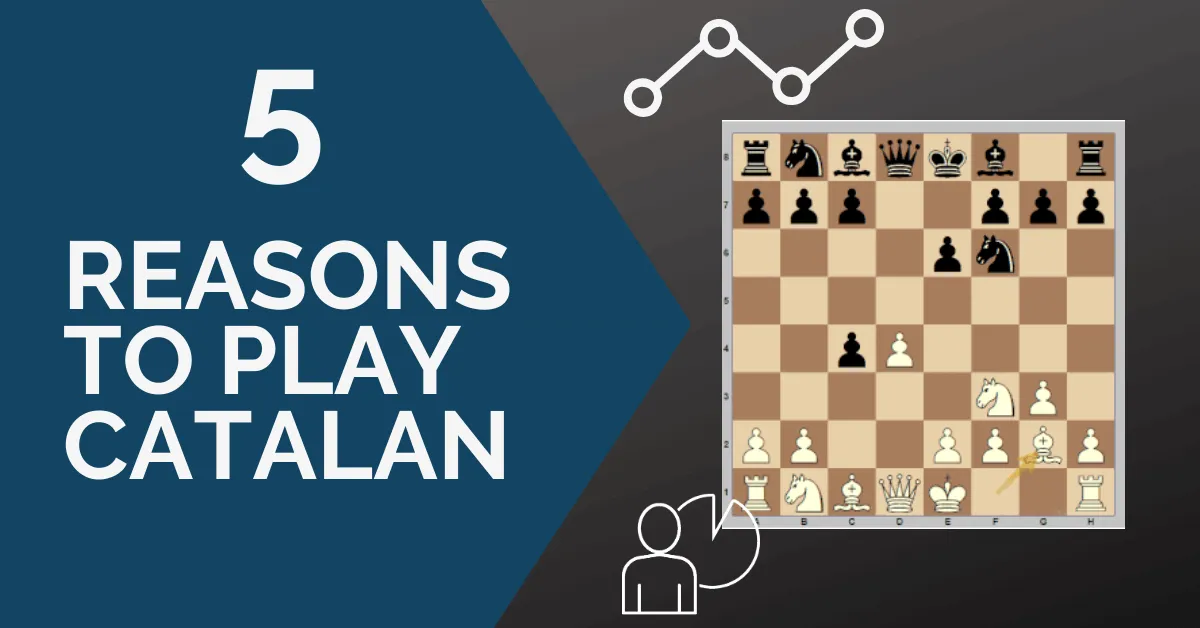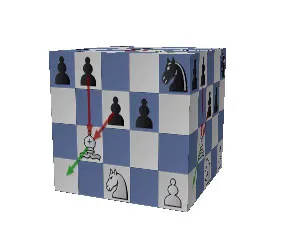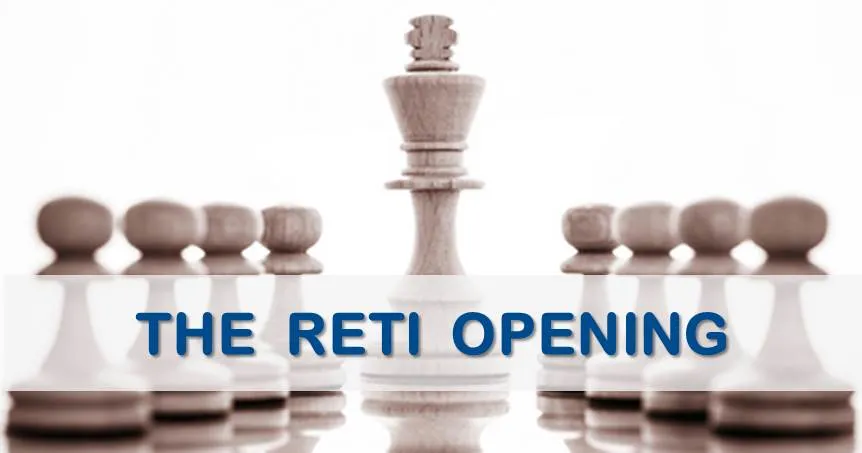5 Reasons to Play the Catalan

Catalan is one of the most common opening choices for white. In earlier times, you could mostly see it at the top level. Today, it has slowly become very popular everywhere. Also, nowadays, it is one of the top choices at every level and is a usual guest at almost every tournament. The bishop on g2 is one of the key pieces in this opening, as it supports white’s main plans: the central break with e4 and the attack on the queenside.
It is a resourceful opening and, if you are thinking about giving it a try, here are some reasons why it could be the right choice for you.
1. Catalan is a solid, though far from boring opening
One interesting fact about Catalan is that it has a little for everybody. First of all, contrary to what most would expect from a closed opening, it has a lot of potential of becoming dynamic.
In fact, this potential comes precisely from the fact that players close the center. And, black’s counterplay on the queenside can be rather slow. Depending on black’s set-up, white can maneuver his pieces around and get ready to penetrate black’s kingside defenses. Many times, however, queens are traded off the board and the fight remains to be decided in the endgame.
If this is your forte, the Catalan has plenty to offer. This opening is also perfect for the players who like accumulating small advantages. And, it keeps them for a long time until the other side can finally convert them.
2. Many ways to play it
The Catalan is full of interesting ideas and the good news is that you don’t have to commit to any of them. You can easily make changes and play something new inside the same opening. Once you get to understand the ideas, the set-ups, and the plans in each type of position, it will be easy for you to juggle between them.
This way you can still surprise your opponents without having to make big changes in your repertoire.
3. Perhaps one of Catalan’s biggest qualities
You can reach the Catalan set-up from various move orders. Whether you start by 1.c4, 1.d4, or 1.Nf3, you can still transpose to the Catalan if you feel like it. This allows you to play with the move orders in order to reach the desired set-up, without letting your opponent know what your intentions are from the very beginning.
4. It is rather easy to play the opening
in the sense that, in spite of the labyrinth of variations you will find available, the situations where you have to rely on your memory only are not, in fact, so many.
The moves are often logical and you can easily guess them even if you don’t remember the theory exactly. Furthermore, if you study the resulting middlegames, see many games and understand the ideas, your work in learning this opening will be made much easier.
5. Catalan has a great legacy behind
It is always reassuring to know that great players such as Botvinnik, Kramnik, Kasparov, Aronian, Gelfand, or Andersson have chosen the same opening as you. This gives you plenty of quality games to study and get inspired by. For example, Andersson is famous for the way he handled the resulting endgames. His endgame technique is remarkable and, if you want to improve yours, his games are a great source of inspiration and not only for this opening.
As you can see, the Catalan [get your complete repertoire here] is a very promising opening that leads to interesting, resourceful positions. It is the kind of opening that allows you to play for a little advantage. You also slowly make progress in the position. It is more than just a reliable opening repertoire. It is the kind of opening that will help you improve your chess understanding as well.
Want to learn more about this topic? Make sure to read more on Dominating Weaknesses in This Opening and The Complete Guide.
THIS OPENING.










Comments: